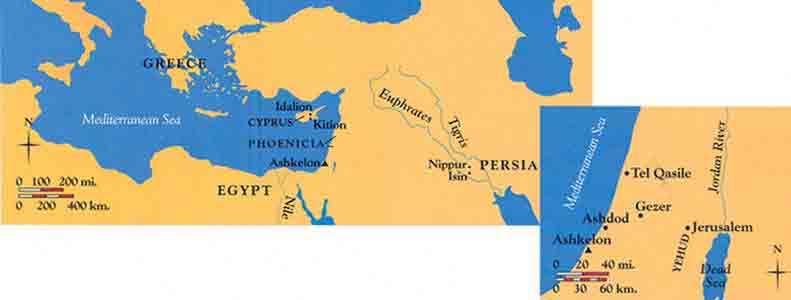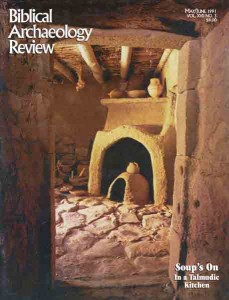This is part II of a three-part article. Part I appeared in the last issue (“When Canaanites and Philistines Ruled Ashkelon,” BAR 17:02). Part III will appear in the next issue (“Eroticism and Infanticide at Ashkelon,” BAR 17:04).

Ancient Ashkelon, now quietly nestled beside the Mediterranean in the south of Israel, is shaped like a giant 150-acre bowl, with the sea wearing away at much of the western half. The rim and sides of the bowl are formed by the mammoth Middle Bronze Age glacis, or rampart, that once protected the city. Inside the bowl are buried at least 20 ancient cities, dating from about 3500 B.C. to 1500 A.D., a span of 5,000 years.

In the last issue, we examined the Middle Bronze and Iron Age cities—the first, Canaanite and the second, Philistine.
Already a library member? Log in here.
Institution user? Log in with your IP address.

